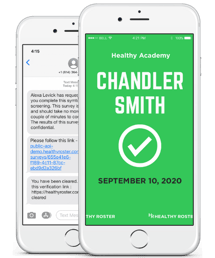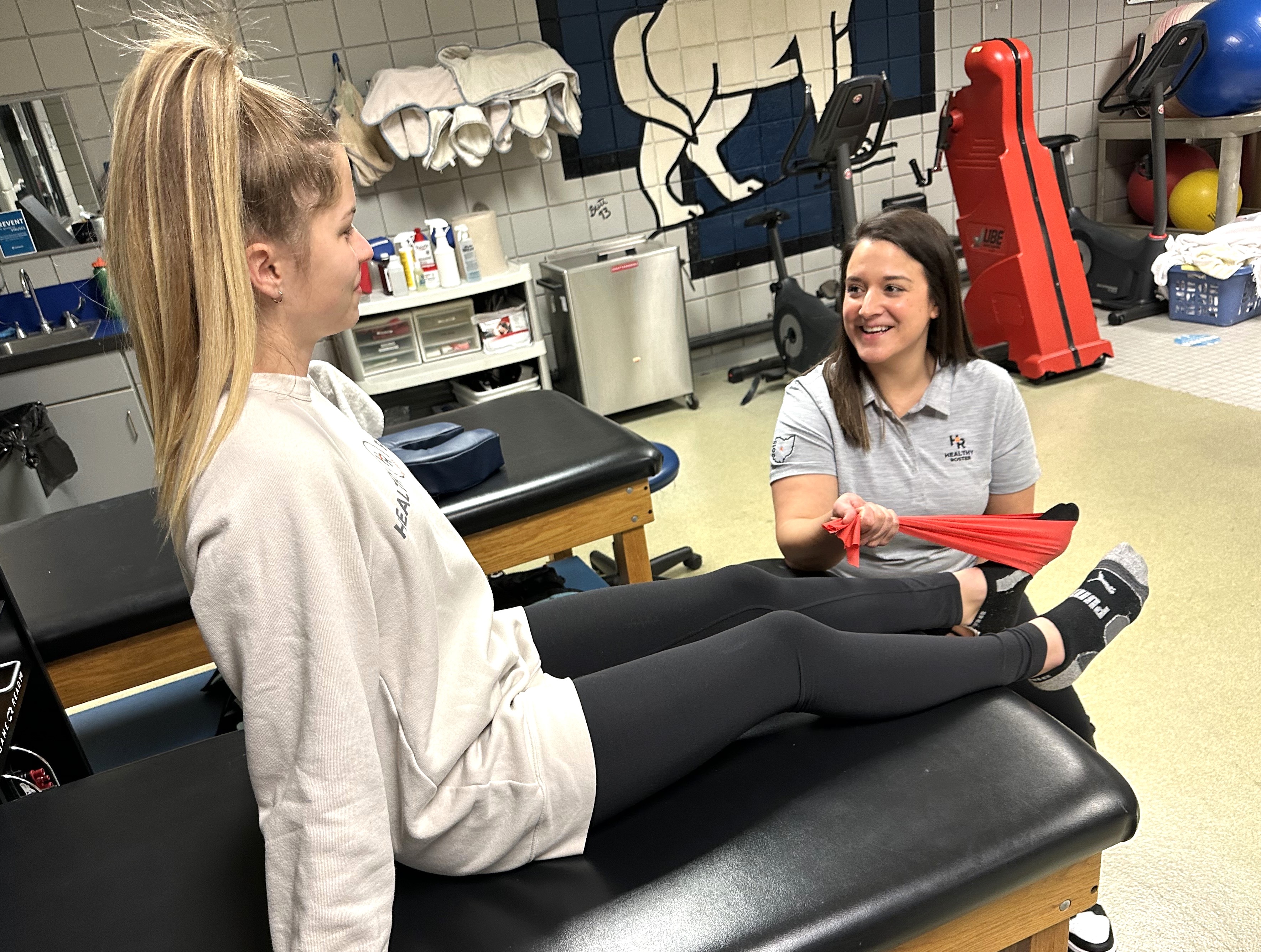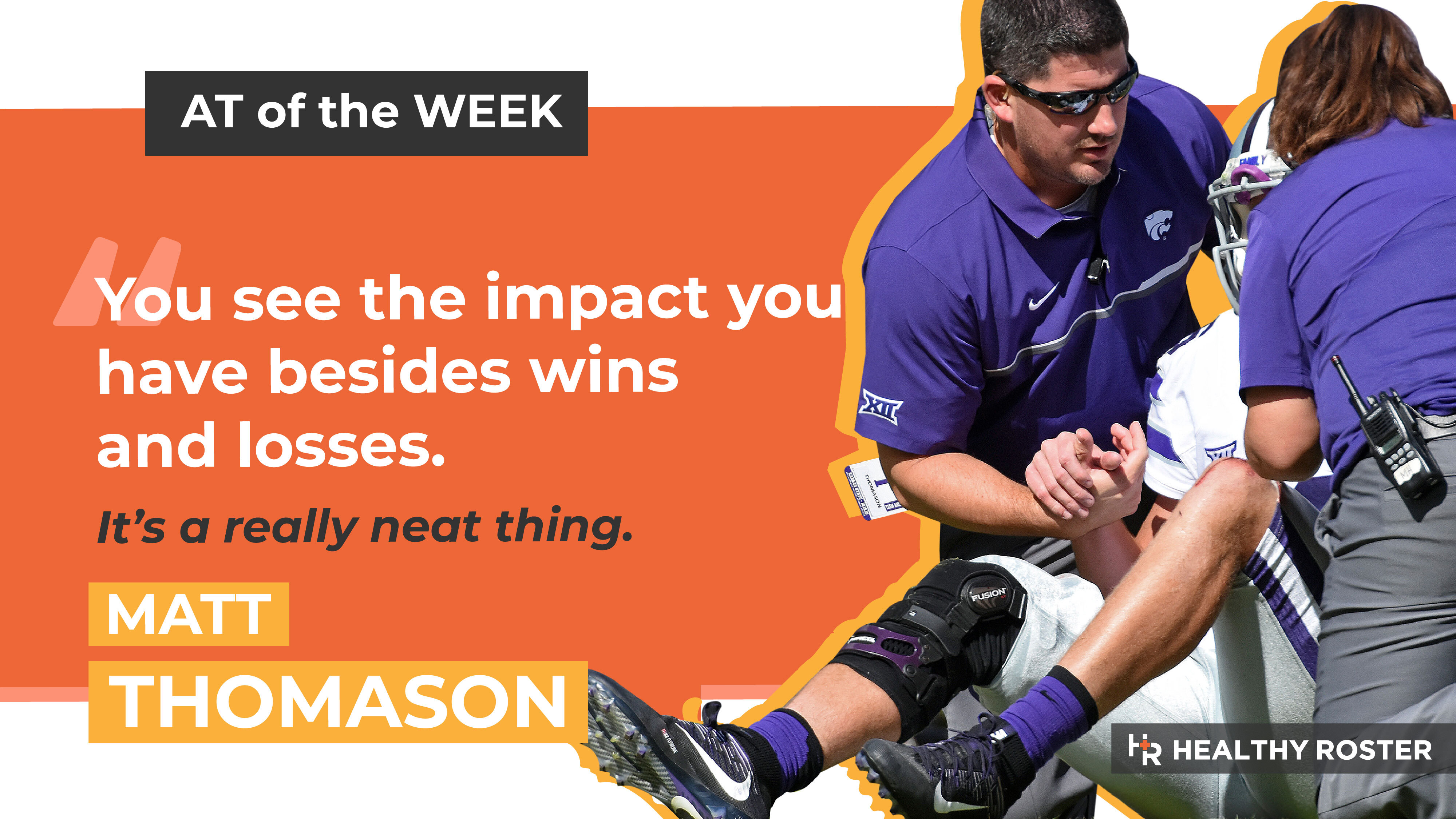What We Learned in the Fall of 2020
Here's what to keep in mind as you plan for 2021...
This fall, we’ve worked with hundreds of organizations to provide robust symptom screening and case management as they returned to campus amidst the COVID-19 pandemic. Through our conversations with administrators at the collegiate, professional, athletic, and school district levels, we’ve learned a lot about how to safely and effectively roll out a return to activity program that is easy-to-use for everyone in your organization.
Our Main Takeaways:
- Honest answers are the key
- Everyone is in this together, so it's crucial to make sure your organization is not shaming or "punishing" reporting symptoms; transparency and truthful responses are important when it comes to avoiding outbreaks
- Symptoms shouldn’t be ignored
- A small symptom that may be similar to a pre-existing condition shouldn’t be brushed off to the side. That is a quick way to get an entire group into quarantine.
- Have clearly established protocols
- Every organization is different and establishing protocols ensures that everyone is being responded to quickly and efficiently.
- COVID-19 isn't going away anytime soon
- You should be prepared to handle COVID through 2021. SAFER Screening can help.
How to Administer Symptom Screening:

- Screening has to be done everyday
- Not only will daily screening help your students/staff get into a consistent habit of symptom screening, it will also ensure your organization has the most detailed and up-to-date data.
- Schedule your screening in the morning
- The earlier the better. The benefit of scheduled screening is no one has to wake up early and remember to send.
- Screening works best when it can be responded to through a smartphone, but requiring your organization to download a separate app lowers response rates and is tedious
- We recommend text messages because they simplify the process and result in the highest possible response rates.
- Utilize a platform that integrates lab results
- If you’re frequently COVID testing your organization, make sure you’re utilizing a screening platform that can integrate those test results.
- Robust reporting is very important
- You need to be able to track not just who has taken the screening, but also be able to see where you have a potential outbreak and react quickly.
- Learn how SAFER Screening can help: https://www.healthyroster.com/safer-campus
Tips for working with your COVID-19 Response Team:
- A mobile app helps busy administrators
- Your administrators and leaders will be on the go, which means they need to be able to review the status of people from their phone. This is where using a platform that includes a mobile app (and not just a web login) is beneficial.
- Plan your response protocols ahead of time
- Before you start symptom screening, make sure you've decided who on your team needs to receive immediate alerts for individuals who've indicated symptoms and how you will respond if they need to seed medical attention.
- Segment your organization for more specified screening
- When you're preparing your student/staff contact information for daily screenings, make sure to thoroughly divide your groups - the more segments you have, the more customized your screenings will be, which will help reduce workload.
- Be prepared for regularly changing statuses
- Members of your organization will have a variety of different statuses that may change daily (such as cleared, waiting for assessment, in quarantine, or tested positive). Your team should understand what each status entails, who is managing each status, and who needs to be notified of any status change.
What have you learned this year, and what will you be taking into 2021 as you continue your COVID-19 response plan?
![HR Logo [Recovered]_Full Color Vertical-1](https://blog.healthyroster.com/hs-fs/hubfs/HR%20Logo%20%5BRecovered%5D_Full%20Color%20Vertical-1.png?width=199&height=178&name=HR%20Logo%20%5BRecovered%5D_Full%20Color%20Vertical-1.png)


